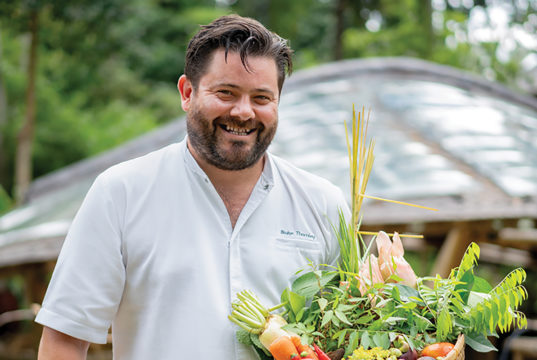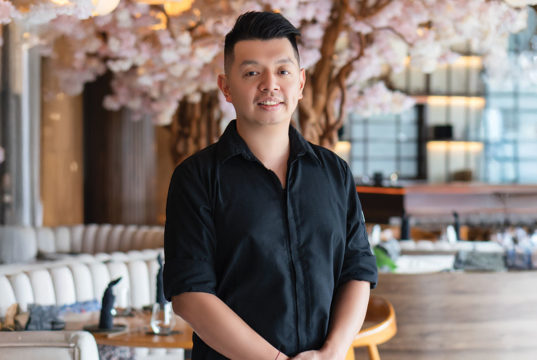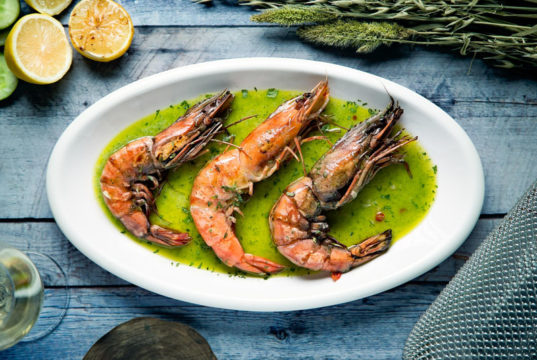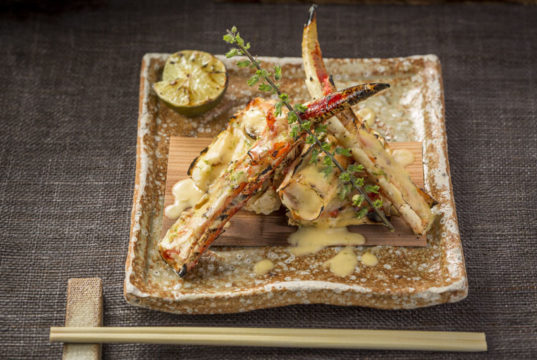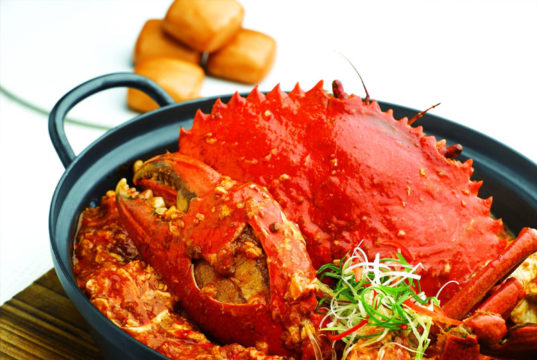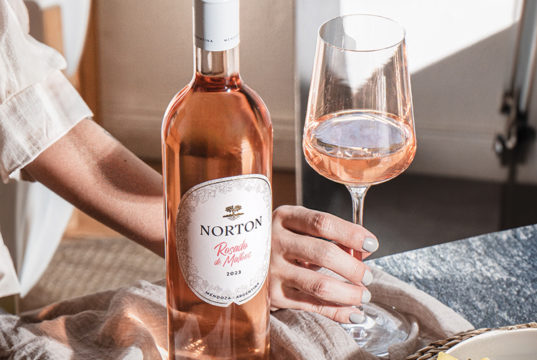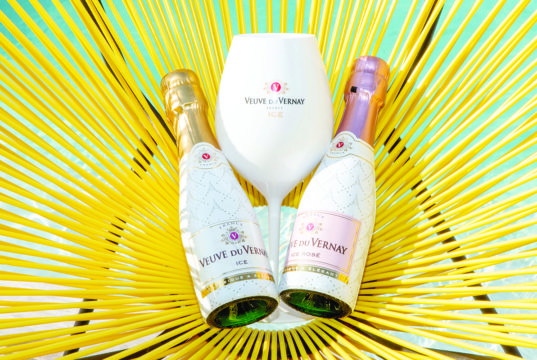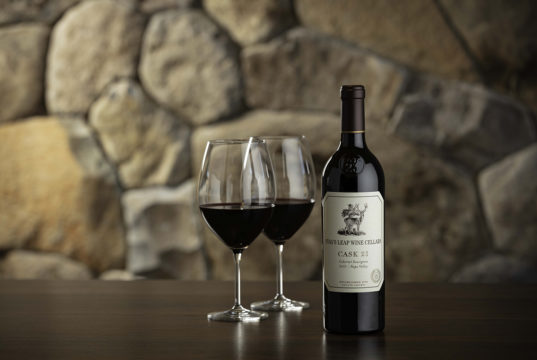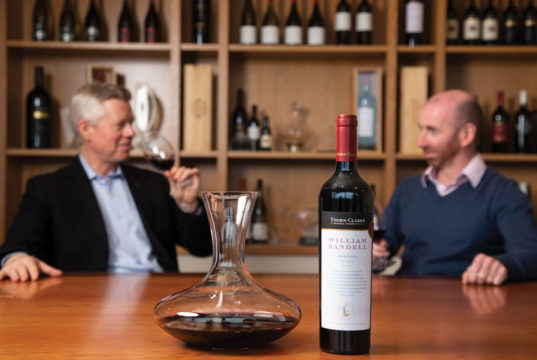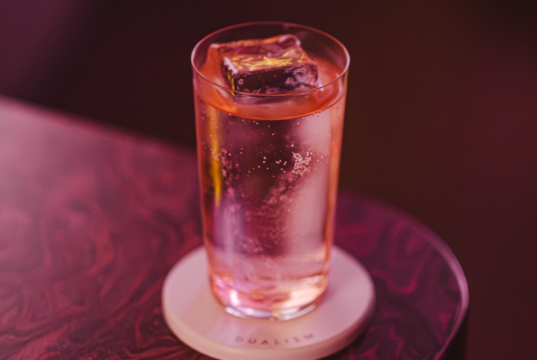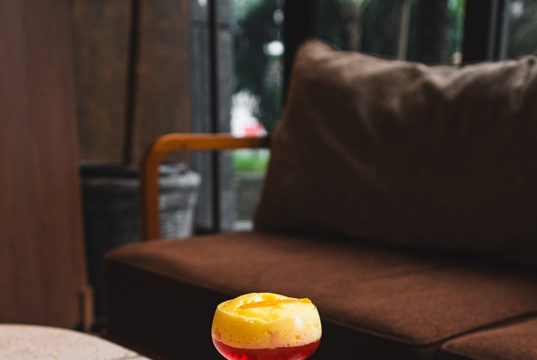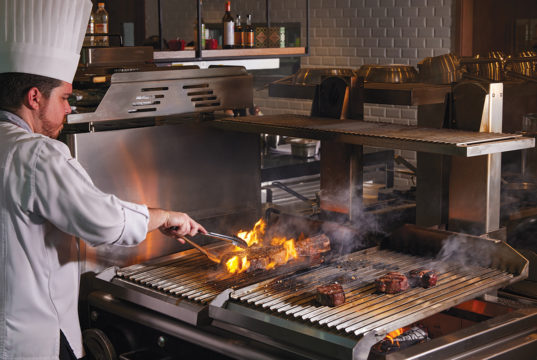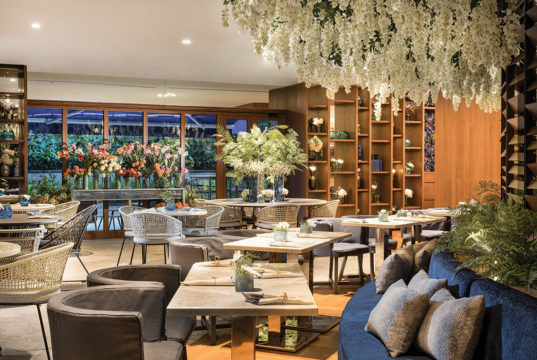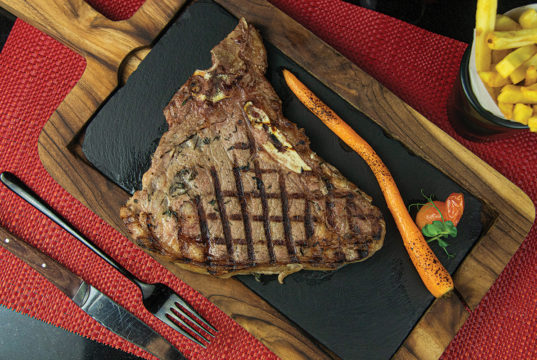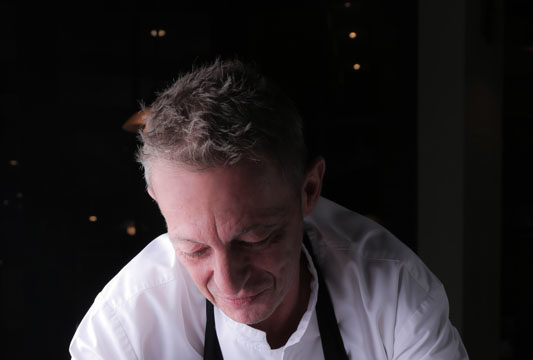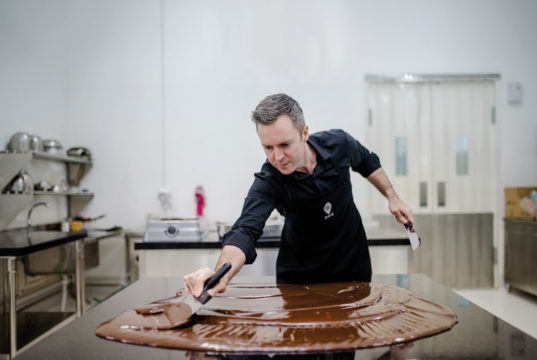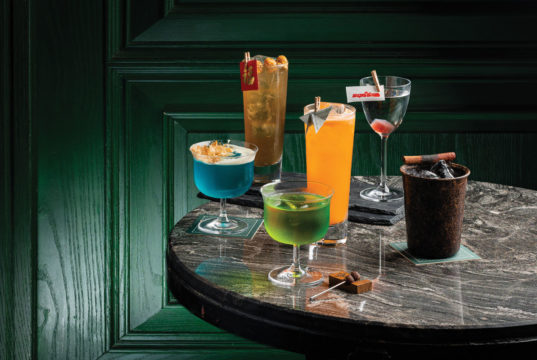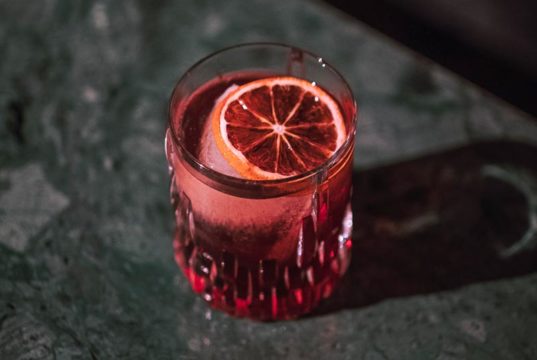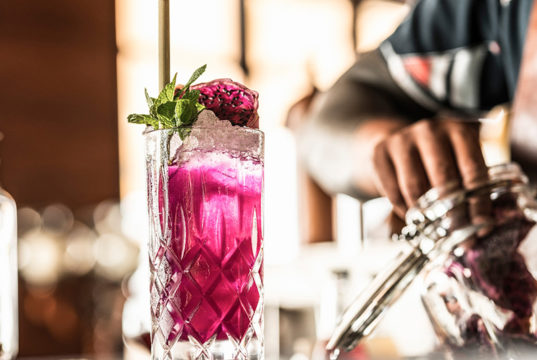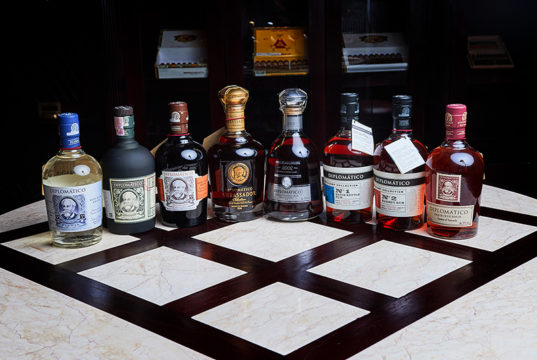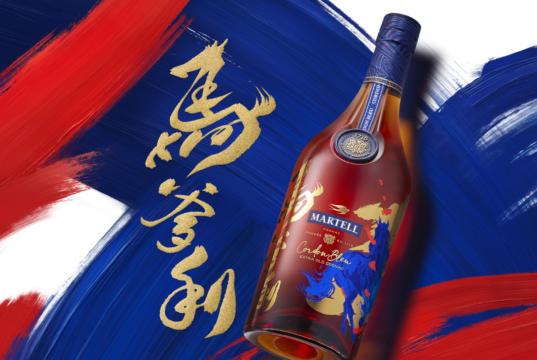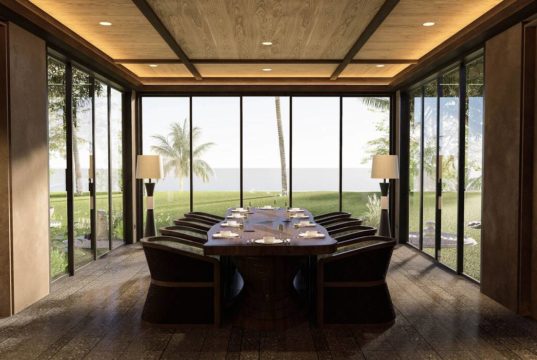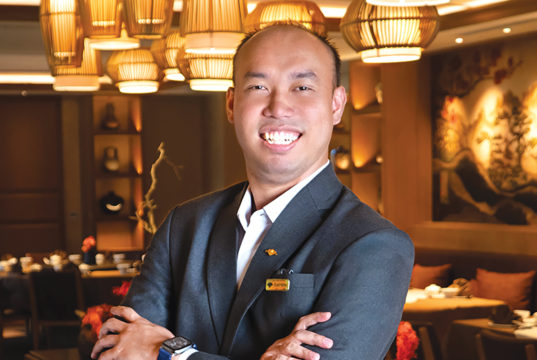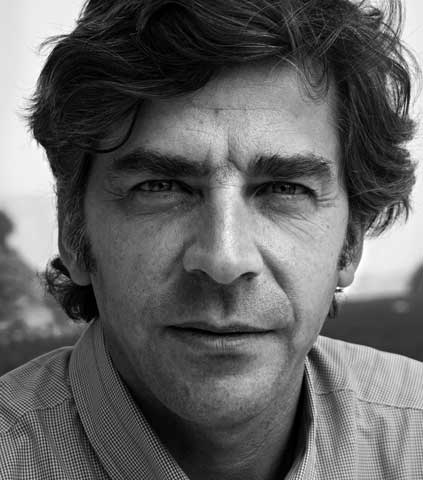Q: When did you start and what was your motivation to work in the wine industry?
A: Ever since I was a child, I was drawn to the wine industry. In fact, we always drank wine at my house, so I grew up knowing that there was something special about it, although it wasn’t for a couple more years that I made a real connection to it—I felt like it told me things, that I could sense the colours and flavours, and discover its texture with greater intensity. After that, I studied winemaking and, in 1995, I started working at Concha y Toro Winery in charge of the premium brands. In 1997, I became the head winemaker, taking on the responsibility of the super and ultra-premium wines, including Don Melchor.
Q: What would you say makes Chile special for growing wine grapes?
A: Chile has huge potential to produce high quality wines. We likely have more climate and soil diversity than any other wine-producing country in the world. We have the unique elements of the Andes Mountains, the coastal mountain range and the Pacific Ocean. Concha y Toro has identified and developed exclusive origins in winemaking valleys, like Maipo, Colchagua, Cachapoal, Curicó, Maule, Casablanca and Limarí, which provide land and climate diversity, and soils with varying fertility, permeability and sun exposure—all of which lead to exceptional, unique wines.
Q: Which year was your first to make Don Melchor and do you think that your style/approach has changed since?
A: In 1999, I became the sole winemaker of Don Melchor, the company’s icon cabernet sauvignon. From then on, I’ve tried to make a cabernet sauvignon that expresses its place of origin, which in this case is Puente Alto in the Alto Maipo Valley—a place with unparalleled conditions for the grape’s ripening.
When I began, I wanted to make concentrated wines with very expressive palates. Then, I moved towards seeking out the lively, fresh fruit in Don Melchor’s cabernet sauvignon. At the same time, I wanted a palate with controlled concentration that was delicate and balanced.
The truth is that with the years that have passed, I feel very close to the vineyard. I feel like I’m part of Puente Alto—it’s very much mine and it’s very personal to me. I like walking through the vineyard and seeing each row, knowing which block yields red fruit and which yields darker fruit—where the tannins are, etc. To know this, you have to walk through the vineyard and stay close to it.
Q: Do you have a favourite vintage of Don Melchor?
A: It’s really hard to choose one Don Melchor vintage in particular because they are all special and unique. There were harvests that were warmer than others and that makes for different expression in the wine. There were years with greater fruit expression than others and some were more complex, etc. There are also vintages that were sentimentally more significant—the first vintage I was in charge of, the first to make it on Wine Spectator’s Top 100 list… and many more.
Q: What makes Don Melchor stand out from other Chilean wines?
A: The vineyard where Don Melchor comes from, despite having the same alluvial soil composition, has unique qualities that translate to cabernet sauvignon wines with unique aromas and expression. Yes, the personality is the same in all the wines. That doesn’t change, and it’s what’s behind Don Melchor’s continuity throughout the years. But the different blocks yield wines with varying expression. For example, some lead to wines with greater fruit expression and others have more tannic strength, while others are more elegant. This is why Don Melchor is a blend of each of those expressions that, when you tie them together, allows us to produce a better, more complete, more complex wine—but one that maintains the personality of the Puente Alto vineyard—the expression of cabernet sauvignon from Puente Alto. Don Melchor is a world-class wine that has helped position Chile as a producer of high quality wine. The aim wasn’t just to make the best red wine Chile has to offer, but to create a wine that would express its own identity, the typicity of the Puente Alto terroir—which led to a world-class wine.
Q: What’s your favourite pairing for Don Melchor?
A: Don Melchor is a wine with soft tannins that remain young, so it pairs well with red meat in general such as sirloin steak, roast beef, beef stews in red wine (beef bourguignon), game meats or lamb, duck breast, or even pasta dishes served with meat sauces. All dishes resembling classic French cuisine—complex and elegant—are ideal for a wine like Don Melchor. It also pairs well with dry, aged sheep and cow cheese like Gruyere, Comté, Tomme de Savoie, Parmesan, Manchego and Cantal, or with creamy cheese like Camembert, Brie or Explorateur.
Q: Where is the most bizarre place that you’ve had to do a wine tasting?
A: I remember one time we led a tasting at 3,000 metres elevation with the snow-covered Andes Mountains in the background—that was simply spectacular. Leading a tasting with that backdrop helped the participants understand the might of the Andes.
Q: What are you drinking at the moment at home?
A: My house isn’t very different from any other wine lover’s house. Undoubtedly, we drink a lot of wine because I always taste what’s coming out of new vineyards. Nowadays, we have good carignan and excellent pinot noir and chardonnay, in addition to cabernet sauvignon.
Q: You visited Asia last year. How was your reception and how do you think Don Melchor is perceived here?
A: The welcome we’ve received in Asia is exceptional. The general public has always shown great interest in the wine and what makes Don Melchor unique in the world. Of all the places we’ve been, Asia is the one where people seem consistently receptive and interested in learning about the Puente Alto vineyard’s characteristics and terroir conditions, the Andes’ influence, and all of the factors that go into making a wine with its own identity like Don Melchor.
Q: If you weren’t a wine maker, what would you be?
A: The truth is that I can’t even imagine doing anything but this. My work inspires me and makes up a big part of who I am. I don’t even think of it as a job but more the expression of true passion.
Distinctive Grape Varieties
Cabernet Sauvignon reigns in the vineyards of Chile. This international variety excels in the Chilean climate and represents at least four times more surface area than the next most popular gape, Merlot. The style of Cabernet Sauvignons can range from medium-light to full and intense.
Merlot is perhaps one of Chile’s most underrated grape varieties. Here, it often has a distinct plum and chocolate note with full but round tannins. The ripe and easy structure that Chile seems to create so well gives wines great versatility.
The Carmenere grape has been making an impression on the international scene for a few years now. Surprisingly, the government only officially recognised the variety in 1996 as the vine and its grapes look very much the same as Merlot. In terms of character, it tends to be a deep red colour and can offer up aromas of red berries, plum and spice. The flavours can sometimes be earthy, with traits of chocolate, cherry, spice, tobacco and leather.
Carignan was once used as the main grape for jug wine, however, in recent years it has seen a growth in its popularity due to its generally light, chewy, fruity and forward personality.
The Pais grape (also known as Mission) was the first ‘Vitis Vinifera’ grape to be introduced in the 16th Century by Spanish Conquistadors and Jesuit Missionaries. First used to make a sweet wine for religious services, it later became the main variety for the distilled spirit, Pisco. With Chilean winemakers looking back to their origins, Pais is once again starting to be found as a single variety wine or part of a blend. Pais makes a light styled wine that can, when made well, be very refreshing.
Chilean Pinot Noir is great value when compared to wines of the same grape from other countries. It tends to be rounded and very fruit driven. Mainly planted in coastal regions, Pinot here is growing very fast in popularity.
Chardonnay is perhaps the grape with the most personalities in Chile. Its versatility and ability to grow pretty much anywhere means that the wine in the bottle can be unoaked, crisp, clean, rich, full and creamy with vanilla notes.
With its own, distinct style, Sauvignon Blanc is less herbal than its French counterparts and not as exotic as New Zealand. It’s normally fresh, round and packed full of fruit. Simple, unoaked versions lead the way, however, more structured examples with a touch of barrel fermentation are also available.




